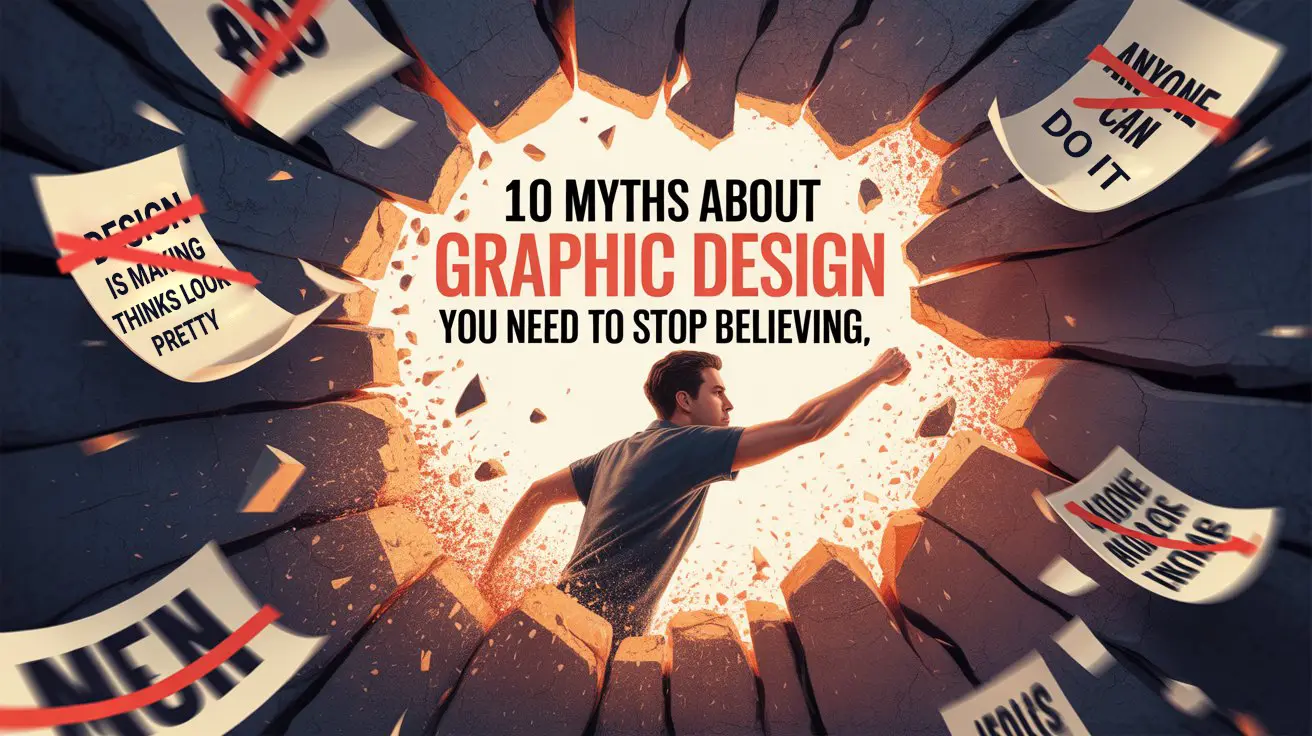Graphic design is often misunderstood even in 2025. Many still think it’s just about making things “look pretty.” But the truth about graphic design is that it’s a powerful blend of strategy, communication, creativity, psychology, and digital technology. Whether you’re a beginner, a client, or a marketer, it’s easy to fall for common graphic design myths that no longer apply in today’s fast-evolving creative landscape.
In this article, we’ll break down the most misunderstood graphic design concepts, expose the myths about graphic design that are holding professionals back, and explore the graphic design facts vs myths that every creative should know to stay competitive and informed.
1. "Graphic Design Is Only About Creativity"
Reality :
Creativity is crucial—but so are problem-solving, communication, and strategy.
Designers must understand the user’s needs, business goals, brand identity, and even psychology to create effective visuals.
Great design is intentional, not just artistic.
💡 Pro Tip :
Learn design thinking methodologies. Always ask “What problem is this design solving?” before jumping into aesthetics.
The best designers don’t just create pretty visuals—they design with purpose and impact.
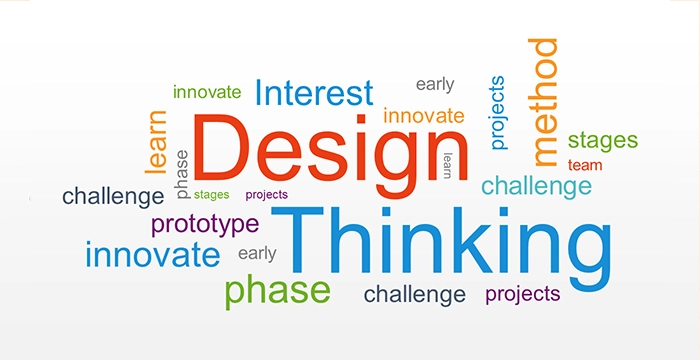
2. "Graphic Designers Don’t Make Good Money"
Reality :
Design is one of the most in-demand digital skills in 2025.
With the rise of digital marketing, branding, and AI-based design tools, skilled designers are making excellent income—especially freelancers and those in UX/UI design.
Many designers earn ₹5–10 LPA in India or $60K+ globally—and much more with experience.
💡 Pro Tip :
Specialize in high-value niches like product design, packaging, or UX/UI. Freelancers with niche expertise earn significantly more.
The myth persists because some underprice themselves. Value your work—and others will too.

3. "You Need a Design Degree to Be a Designer"
Reality :
Skills and portfolio matter far more than a degree.
With online graphic design courses, certifications, and self-practice, many professionals are self-taught and highly successful.
In 2025, your portfolio speaks louder than your diploma.
💡 Pro Tip :
Build a strong portfolio with real-world projects, even self-initiated ones. Document your process and results.
Education helps, but self-driven learning and consistent practice are the real game changers in today’s digital age.

4. "Design Is Just Clicking Buttons in Photoshop"
Reality :
Tools like Photoshop, Illustrator, and Figma are only as powerful as the designer using them. Design requires deep understanding of layout, composition, and audience.
💡 Pro Tip :
Master visual principles like hierarchy, grid systems, and color theory before diving deep into software.
Clicking buttons makes designs. Thinking like a designer makes solutions.

5. "Graphic Design Takes Too Much Time"
Reality :
With modern tools like Canva Pro, Adobe Firefly, and Figma, you can create powerful designs quickly.
Efficiency comes with practice, systems, and templates—not magic.
Good design doesn’t have to take forever—just the right mindset and tools.
💡 Pro Tip :
Use templates, asset libraries, and AI tools like Adobe Firefly and Canva Pro to speed up repetitive tasks.
Time isn’t the enemy. Lack of preparation and process is.
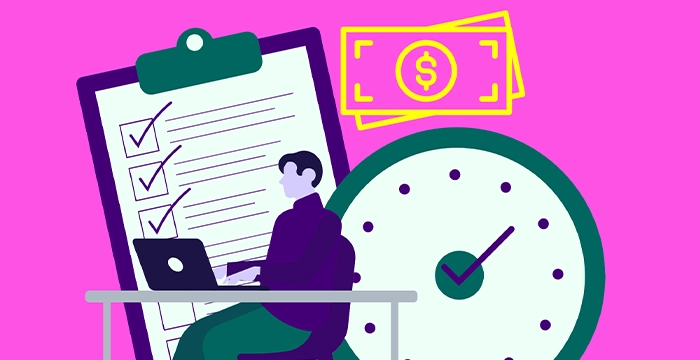
6. "Anyone Can Be a Designer with Canva"
Reality :
Canva makes designing easier—but it doesn’t replace design expertise.
Using pre-made templates without understanding hierarchy, spacing, or branding can lead to generic or ineffective results.
Tools like Canva help—but they don’t replace professional skills
💡 Pro Tip :
Use Canva to apply your design knowledge—not to avoid learning it. Understand why layouts and color combinations work.
Time isn’t the enemy. Lack of preparation and process is.
7. "Design Trends Stay the Same"
Reality :
Design trends evolve fast.
From AI-generated visuals to 3D illustrations, brutalism to minimalism—what’s trending today may be outdated tomorrow.
A good designer stays updated, not stuck in the past.
💡 Pro Tip :
Follow trend reports from Adobe, Dribbble, Behance, and creative agencies. Adapt trends thoughtfully to your brand/client needs.
Following trends blindly is dangerous. Understand the why behind the trend before you follow it.
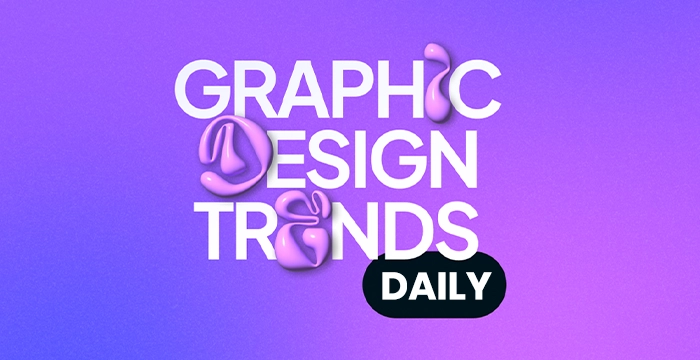
8. "Logos Are Easy and Quick to Make"
Reality :
A logo represents an entire brand’s identity.
Creating a strong, memorable logo takes research, iterations, and strategic thinking—not just 10 minutes in Illustrator.
A ₹500 logo usually costs more in the long run.
💡 Pro Tip :
Spend time on discovery: understand the business, target audience, and values before sketching ideas.
A ₹500 logo might be cheap upfront—but it often leads to rebranding costs down the line.
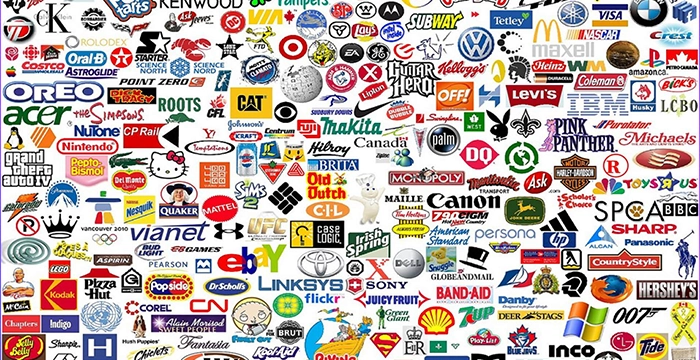
9. "Design Is Just About Aesthetics"
Reality :
Good design solves problems.
It improves usability, guides user behavior, increases brand trust, and communicates value visually. It’s form and function, not just decoration.
💡 Pro Tip :
Start every project with a clear brief. Define the goals and KPIs of the design—not just how it should look.
Beautiful doesn’t mean effective. Clarity, usability, and impact matter more.

10. "Print Design Is Dead"
Reality :
Print is evolving, not disappearing.
In 2025, business cards, brochures, packaging, and merch still need great design—especially when integrated with AR, QR, or digital triggers.
A well-rounded designer should know both print and digital design.
💡 Pro Tip :
Learn both digital and print formats. Understand bleed, CMYK, resolution, and physical production techniques.
Designers who know both mediums (print + digital) are more versatile and valuable.
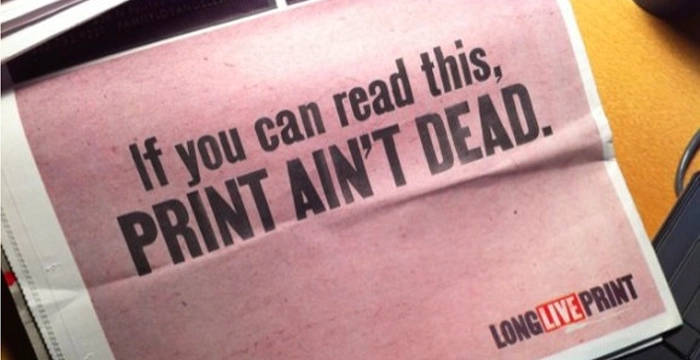
✅ Final Thoughts: Time to Break the Myths
Graphic design in 2025 is intelligent, strategic, and evolving fast. If you’re holding onto outdated beliefs, it’s time to shift your mindset. Design isn’t just art it’s impact.
Whether you’re a student, freelancer, or creative pro, knowing what’s true and what’s not will set you apart in the competitive world of design.Graphic design in 2025 is no longer just about making things look good it’s intelligent, strategic, and evolving rapidly with the help of AI tools, UX thinking, and real-time collaboration. Yet, many still fall for outdated beliefs that hold them back.
In this article, we’ll bust some of the biggest myths about graphic design and reveal the truth about graphic design careers, tools, and creative processes. From misunderstood graphic design concepts to common graphic design myths about job roles, freelancing, and software skills, we’re setting the record straight.
Whether you’re a student exploring career options, a freelancer building your brand, or a professional upgrading your skills, understanding the graphic design facts vs myths can give you a real edge in today’s competitive market.
🧭 Want to Learn Graphic Design the Right Way?
Join our
or
build more than just skills—you’ll build confidence and a real portfolio that gets noticed.
- Photoshop, Illustrator, Figma, Canva Pro
- Branding, digital media, and portfolio creation
- Real-world projects guided by professionals
- AI design tools like Firefly and Midjourney
Turn your creativity into a career that’s future-proof.
FAQ
Some common graphic design myths include: "It’s just making things look pretty", "Anyone can do it with Canva", and "Designers don’t need to understand business or strategy."
No. Graphic design also involves problem-solving, communication, branding, strategy, and user experience—not just creativity.
Not at all. Most modern designers work with software like Figma, Photoshop, and Illustrator, where technical drawing is rarely required.
Definitely not. It includes web design, UI/UX, motion graphics, branding systems, marketing design, and more.
While tools are accessible, true design requires understanding of principles, strategy, and user needs. Software alone doesn’t make someone a professional designer.
Not always. Part of a designer’s job is to educate and guide clients toward solutions that work both visually and functionally.
No. While AI tools and templates assist designers, human creativity, empathy, and critical thinking remain irreplaceable.
Great designers are strategic thinkers who offer insights, improve client ideas, and create purpose-driven designs—not just order-takers.
Basic tools can be learned quickly, but mastering the core principles, trends, branding, and client handling takes time and practice.
Yes. Many successful designers are self-taught via online courses, tutorials, and real-world practice. Degrees are optional, not mandatory.
Design is about solving problems visually. A beautiful design that doesn’t communicate well is still a failed design.
Wrong. Design enhances user experience, builds trust, and directly impacts conversion rates and brand success—making designers key players in any team.
With the right skills and strategy, freelance graphic design can be a flexible, high-earning career. Platforms like Upwork and Fiverr prove this daily.
Collaboration is a big part of the job. Designers often work with marketers, writers, developers, and clients to bring ideas to life.
Not at all. People of all ages enter design careers, and experience often gives designers an edge in understanding clients and audiences.








